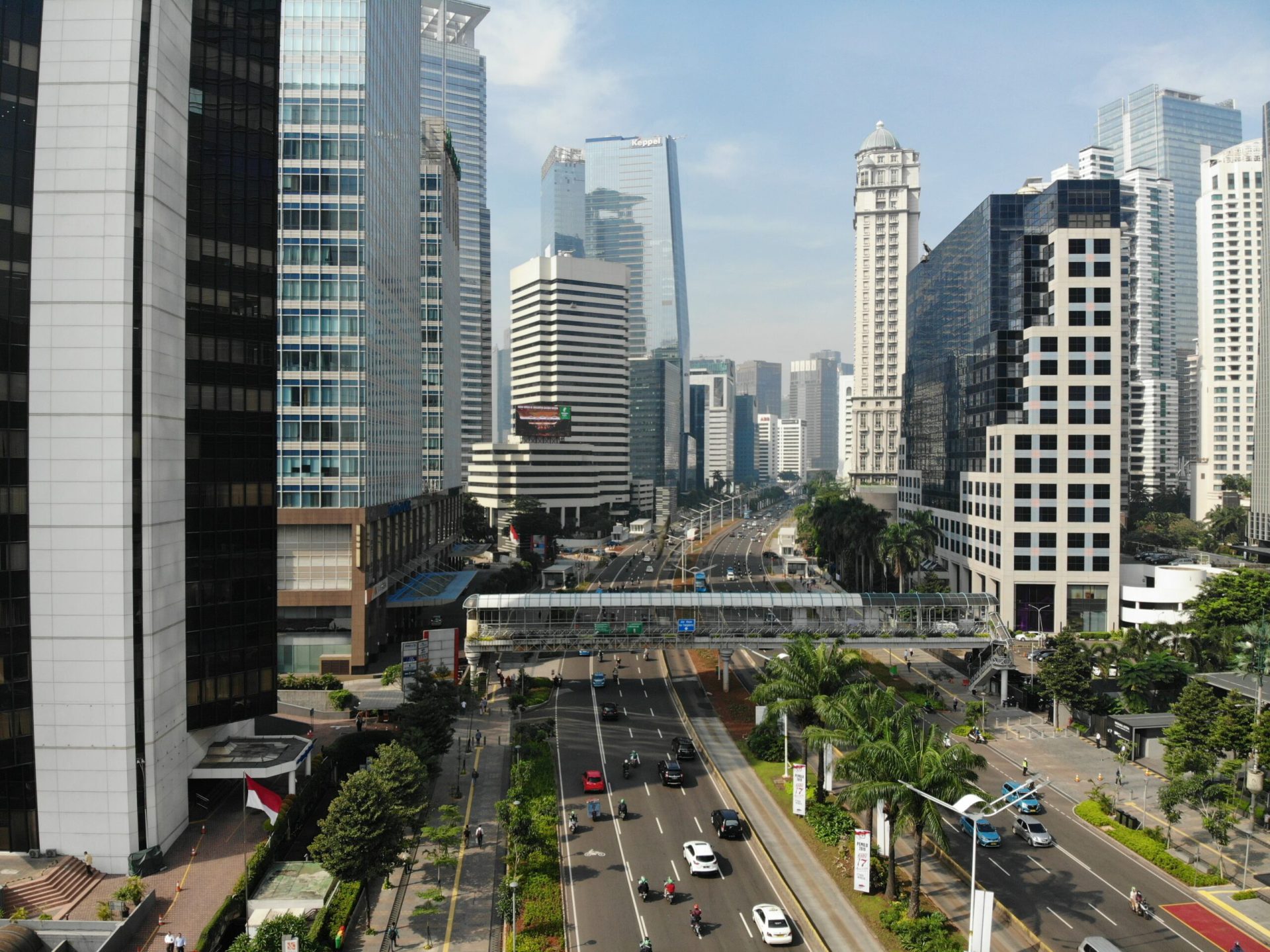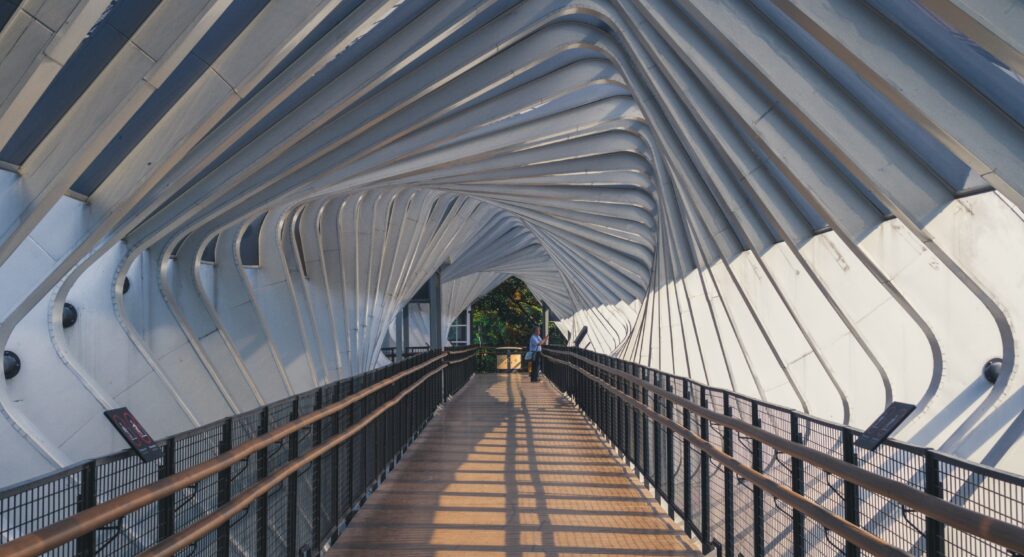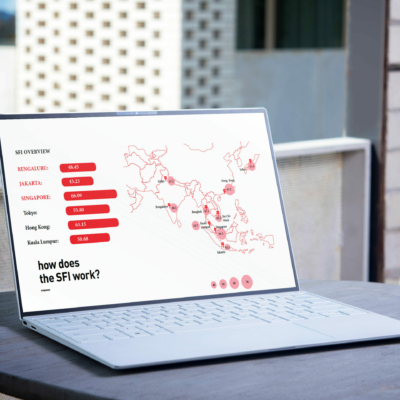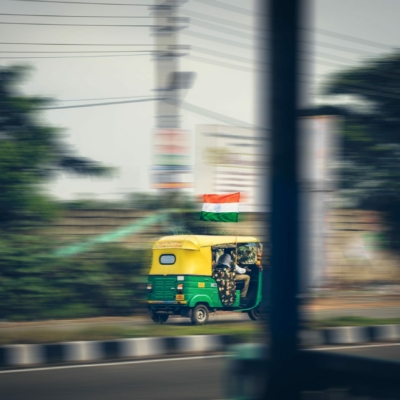
Using The Right Technology to Make Logistics Cheaper and More Efficient in Indonesia
Logistics is a highly complex industry. The sector heavily depends on suitable infrastructure and reliable technology to manage costs and streamline processes for all players involved. These are especially apparent in Indonesia — where not only are infrastructure and technological adoption still maturing, it also faces the daunting challenge of servicing everyone throughout the archipelagic nation of over 17,000 islands.
COVID-19 has exacerbated the situation as more consumers went online to buy necessities, resulting in increased pressure on the already strained supply chain — pushing logistics stakeholders players to look at much-needed innovation in their operations to increase efficiencies and lower costs.
Such consumer behavior is likely to continue post-pandemic, according to a McKinsey study which noted that 92% of Indonesian consumers adopted a new shopping behavior in the last three months and 60% plan to continue to spend online post-Covid.
Indonesia’s unique challenges
Indonesia has the highest logistics costs in Asia, accounting for 24 percent of GDP as compared below five percent in more developed markets, according to The World Bank. Yet, the country’s unique geography means that adapting a supply chain model from other countries like China or neighboring Thailand and Malaysia is impractical, simply because goods cannot be transported using trucks on land alone. Instead, a multimodal system — using land and sea transport as well as warehousing — should be applied to reach remote areas of each island.
There is also high sectorial fragmentation, characterized by the lack of transparency and real-time information. Currently, 90 percent of orders and matching are done offline, and 80 percent of deliveries are manual, with slow verification and lack of instructions.
Many tasks are also done informally. For instance, contracts are usually handwritten, and communication is done ad hoc and through informal channels such as WhatsApp. Drivers may also receive payment months after completing a delivery. The result is sub-optimal utilization of key resources such as trucks and warehouses, which then translates to long waiting times for drivers and in turn, the consumer.
As the industry positions itself for recovery and growth in the post-pandemic environment, technology must play a bigger role in enabling key stakeholders to quickly respond to evolving market realities and consumer demands.

Innovating for the needs of the hour
To eliminate ecosystem uncertainty and create value for stakeholders, logistics stakeholders in emerging markets like Indonesia must adopt realistic and solution-driven approaches to innovation.
Waresix’s experience in doing this is by curating a marketplace platform linking both shipping firms and businesses to readily-available warehouses and trucks. This process prioritizes efficiency as matching is based on supply and demand, as well as current needs and existing capabilities. In contrast, matching via conventional open marketplaces is typically done based on price, without fully considering the requirements of the different parties involved.
Additionally, mobile app technologies can help businesses improve their data management, monitoring, and communication — leading to lower and more predictable costs, as businesses no longer need to heavily invest in infrastructure, especially across geographically challenging markets. Businesses can then leverage economies of scale from existing warehouse networks to consolidate or de-consolidate goods, improving flexibility and access to markets.
Today, digital tools for stock fulfillment are on the rise and many are being enhanced to help businesses better track their inventories. They help reduce operational uncertainties and costs as these businesses do not need to stock up on goods unnecessarily. For couriers and drivers, technologies included as part of transport management systems (TMSs) help create shorter verification times and improved processes. In turn, this improves truck utilization and thus creates more jobs and better income for drivers.
A sustainable way forward
For emerging, middle-income nations like Indonesia, logistics must be made safer, more reliable and more efficient to take their economic growth to the next level.
2020 was a litmus test for logistics and after weathering the unprecedented period, we are optimistic about its prospects and are excited to help contribute to its long-term technological development

Waresix is a technology platform that offers trucking, logistics and warehousing solutions for companies navigating Indonesia’s archipelago of 17,000 islands. By connecting shippers and businesses with available trucks and warehouses across Indonesia, Waresix offers a one-stop solution for transportation both by land and by sea, as well as cold storage and general cargo handling.





